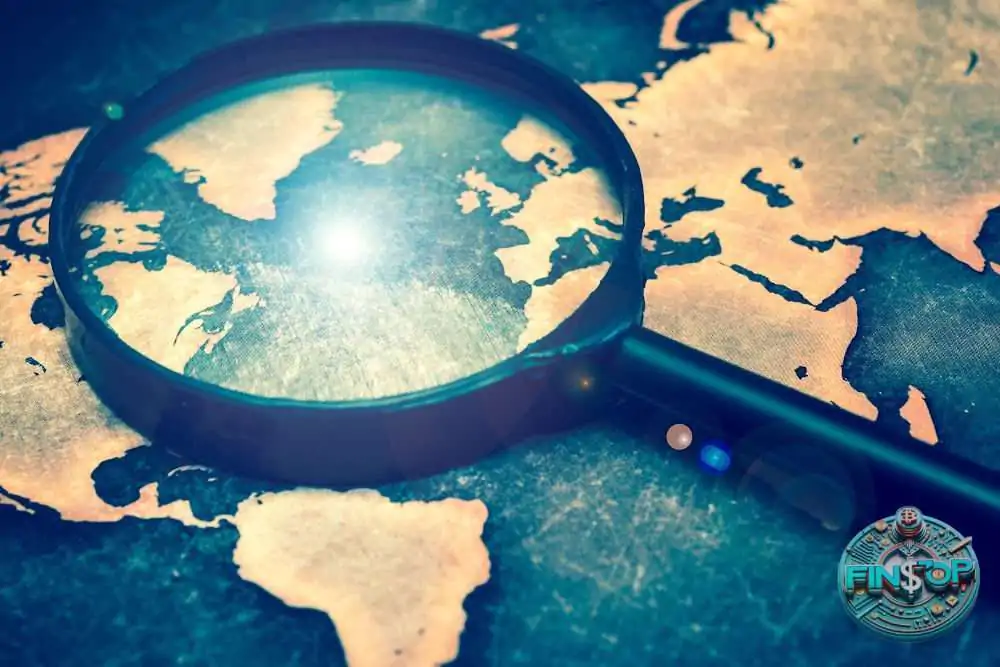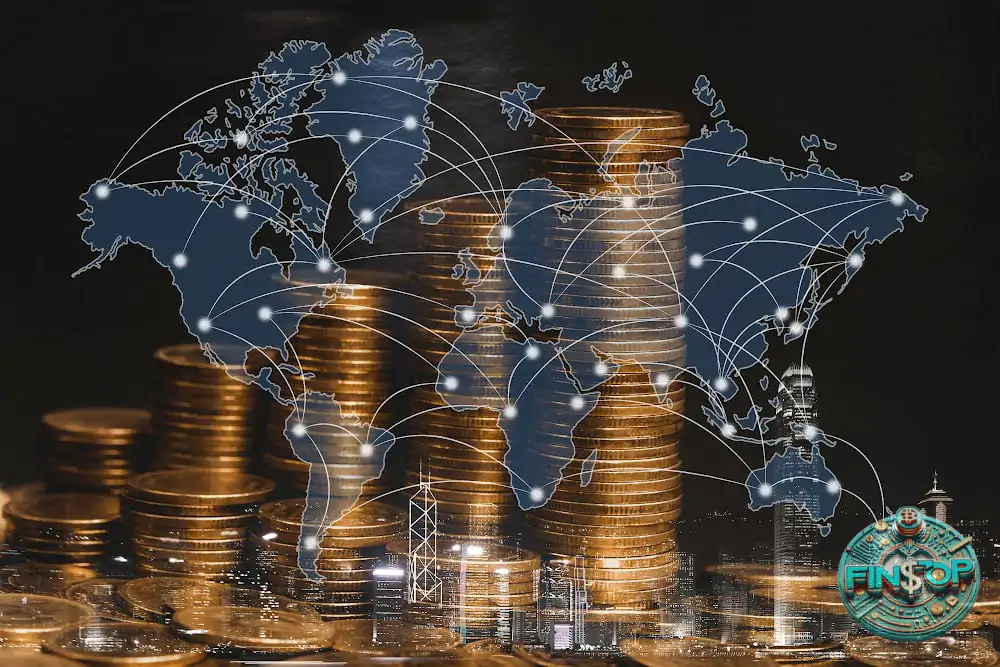The 2008 Financial Crisis: What Happened, Why, and What We Can Learn From It
An Overview of the Financial Crash of 2008
After the Great Depression of the 1930s, no economic catastrophe was deemed worse than the financial crisis of 2008, sometimes called the global financial crisis. The global stock market crashed, major financial institutions went down, and governments throughout the world bailed out their banks after the crisis started in the US housing market. Learn about the origins of the crisis, the inner workings of different financial organisations and instruments, and the global economic impact of this event as this article delves into the specifics.
The Role of the Housing Market in the Crisis
Deceptive lending practices caused a record number of borrowers to get mortgages in the US housing market. Here we take a look at the interplay between the subprime mortgage issue and the ensuing financial collapse as a result of the housing bubble burst.
The Influence of Financial Instruments
Use of sophisticated and innovative financial instruments, such as mortgage-backed securities (MBS) and collateralized debt obligations (CDOs), contributed significantly to the worsening of the crisis. Here we go over how these tools worked and what happened that caused the financial system to collapse.
Important Banks and Credit Unions Impacted
Several prominent financial organisations were profoundly affected by the crisis. These included large banks, investment firms, and government-sponsored enterprises such as Fannie Mae and Freddie Mac. What follows is an account of the failures and rescues that characterised the crisis.
Policymakers’ and the central bank’s responses
In response to the crisis, several measures were taken by governments and central banks around the world, including rescue packages, bailouts, and adjustments to monetary policy. In this section, we will go over the primary measures that were implemented to stabilise the financial system and prevent a total economic collapse.
The Global Impact of the Crisis
The financial crisis of 2008 had far-reaching and long-lasting effects on the world economy, influencing multiple metrics from gross domestic product to unemployment rates in different countries. Here we take a look at the global impact of the crisis and how big it was.
Updates to Rules and Regulations
After the crisis, there were major changes and revisions to regulations to make sure it would not happen again. Policies aimed at bolstering the global financial system, such as Basel III, and the US Dodd-Frank Act are discussed in this section.
Implications of the Disaster
We learned a lot about the need of risk management in banking, the dangers of complex financial instruments, and the need for better financial regulation during the 2008 financial crisis. These findings and their implications for the banking sector are examined in this section.
The Recovery Process
The global economic recovery from the financial crisis of 2008 was a long and arduous process. The timing of the recovery and its effects on the financial sector and monetary policy in the long run are discussed in this section.
The Legacy of the 2008 Financial Crisis
The global financial system was profoundly affected by the 2008 financial crisis, which led to substantial market reforms and adjustments. Summarising the key repercussions and developments that have occurred since the crisis, this conclusion also looks ahead to the future of financial regulation and economic stability.
This Article is sponsored by Living Animal









